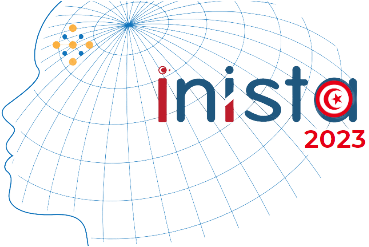
Dimitrios Katsaros
Associate professor at the University of Thessaly, Greece
Dimitrios Katsaros is associate professor with the department of Electrical and Computer Engineering at the University of Thessaly, Greece. During the spring semester of 2015 (and in the summer of 2017) he was a visiting fellow (a visiting assistant professor, respectively) in the Department of Electrical Engineering at the Yale university, affiliated also with the Yale Institute for Network Science. During the spring semester of 2019, he was a visiting professor in KIOS Research and Innovation Centre of Excellence at the University of Cyprus. He serves in the editorial board of ACM/Springer Wireless Networks, of Wiley/Hindawi Wireless Communications and Mobile Computing, and of Human-centric Computing and Information Sciences; he has co-guest edited special issues in IEEE Internet Computing, IEEE Network and in other periodicals. His research interests lie in the area of distributed computing and systems.
Abstract: Network Science Elements for Ad Hoc Networking and for Deep Learning
Network science is an inter/multi-disciplinary field engaging concepts, techniques methodologies mainly from mathematics/graph theory, computer science, physics, and social sciences. During the past twenty years and due to the unprecedented capability of humanity to collect, store and process tremendous volumes of data, the field is steadily flourishing. Network science has primarily be used for descriptive purposes, e.g., what is the law that governs the growth of a network, or what is the most central node(s) in a network, or what are the most densely connected groups of nodes of a network, and partially for predictive purposes, e.g., what is the next link that will appear in the network? However, network science concepts can be used in a constructive manner for developing distributed or centralized algorithms for addressing fundamental problems in a diverse set of areas. In this talk, after a presentation of recently and not so recently introduced network science concepts, we will show how such concepts can be used in calculating backbones for information
dissemination into (or control of) wireless ad hoc networks. Then, we will show how other concepts can be used to develop size-reduced neural network models so as to improve training and inference time in deep learning tasks with a minimal sacrifice of accuracy.
